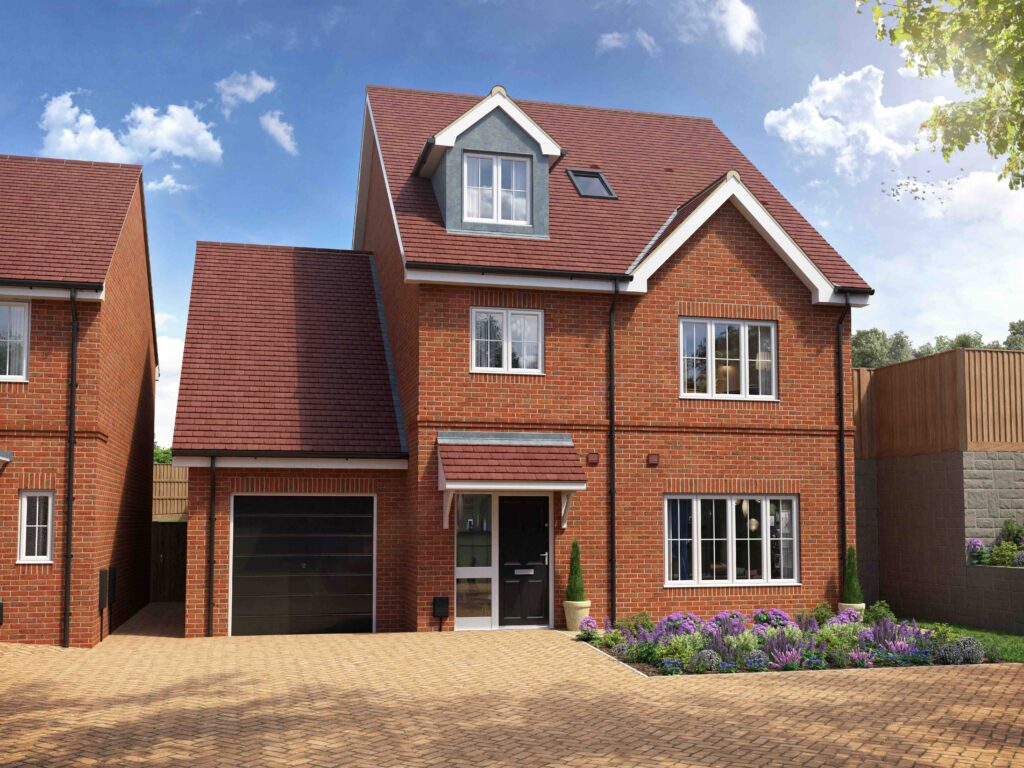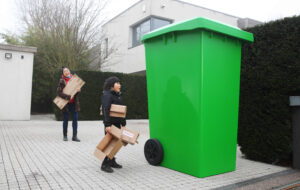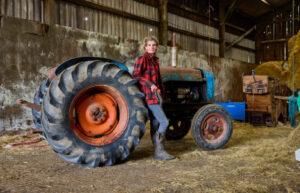Over 4 million homes pushed into a higher stamp duty bracket

As a result of soaring UK house prices, more than 4 million homes have been pushed into a higher stamp duty bracket compared to March 2020. Adding to this, the research from Zoopla showed that 1.2 million properties have now moved above the initial £125,000 stamp duty threshold in England and Northern Ireland. The government also published their Quarterly Stamp Duty Land Tax statistics which showed that total SDLT receipts were 36% higher in Q1 2022 when compared with Q1 2021. However, this change in receipts will have mainly been impacted by the lower residential nil rate band of £125,000 for Q4 2021 compared to £250,000 for Q3 2021. David Hannah, Group Chairman of Cornerstone Tax, suggests that the unbalanced supply and demand level in the UK property market has caused a rise in house prices which has been a major contributing factor for more homes to be pushed into a higher stamp duty bracket. Hannah also identifies that it is of upmost importance that the Stamp Duty thresholds are increased in line with inflation – something which has not happened in the past.
The average asking price in the UK has surged to £360,101 – representing a £19,082 increase over the past three months. Alongside this, 53% of properties are selling at or over their final advertised asking price. The demand for properties is reflected in stamp duty receipts in England and Northern Ireland as HMRC confirmed they have reached £18.6billion in the year to March this year – representing a £6.1billion rise compared to the previous year. David Hannah, predicts property prices to rise before they lower due to the current supply and demand level in the UK property market.
The persistent growth of UK house prices can be attributed, mainly, to the shortage of homes for sale. The supply and demand levels in the UK property market remain unbalanced with buyer inquiries 65% above the ‘more normal’ market of 2019. The rising house prices have also had an effect on those keen to buy their first home. Buyers now require an additional £4,000 for a deposit, despite average annual earnings increasing by only £2,704 over the last two years. Hannah highlights the importance of a secondary income to aid the raised costs.
David Hannah, Group Chairman at Cornerstone Tax discusses the need to raise Stamp Duty brackets:
“With more homes being pushed into the higher Stamp Duty bracket, the need for the brackets to be increased in line with inflation is evident. It’s an example of Fiscal Drag – where the government have set rates and if they don’t move the bands and thresholds then more and more people will pay more and more tax over time.
“We’ve had increases in VAT and National Insurance and, at the same time, significant parts of our inflationary salary increases are being taken away from us in income tax – because they haven’t moved the threshold.
“The fact that over 4 million homes have been pushed into a higher stamp duty bracket is a direct result of the brackets not being increased.”



